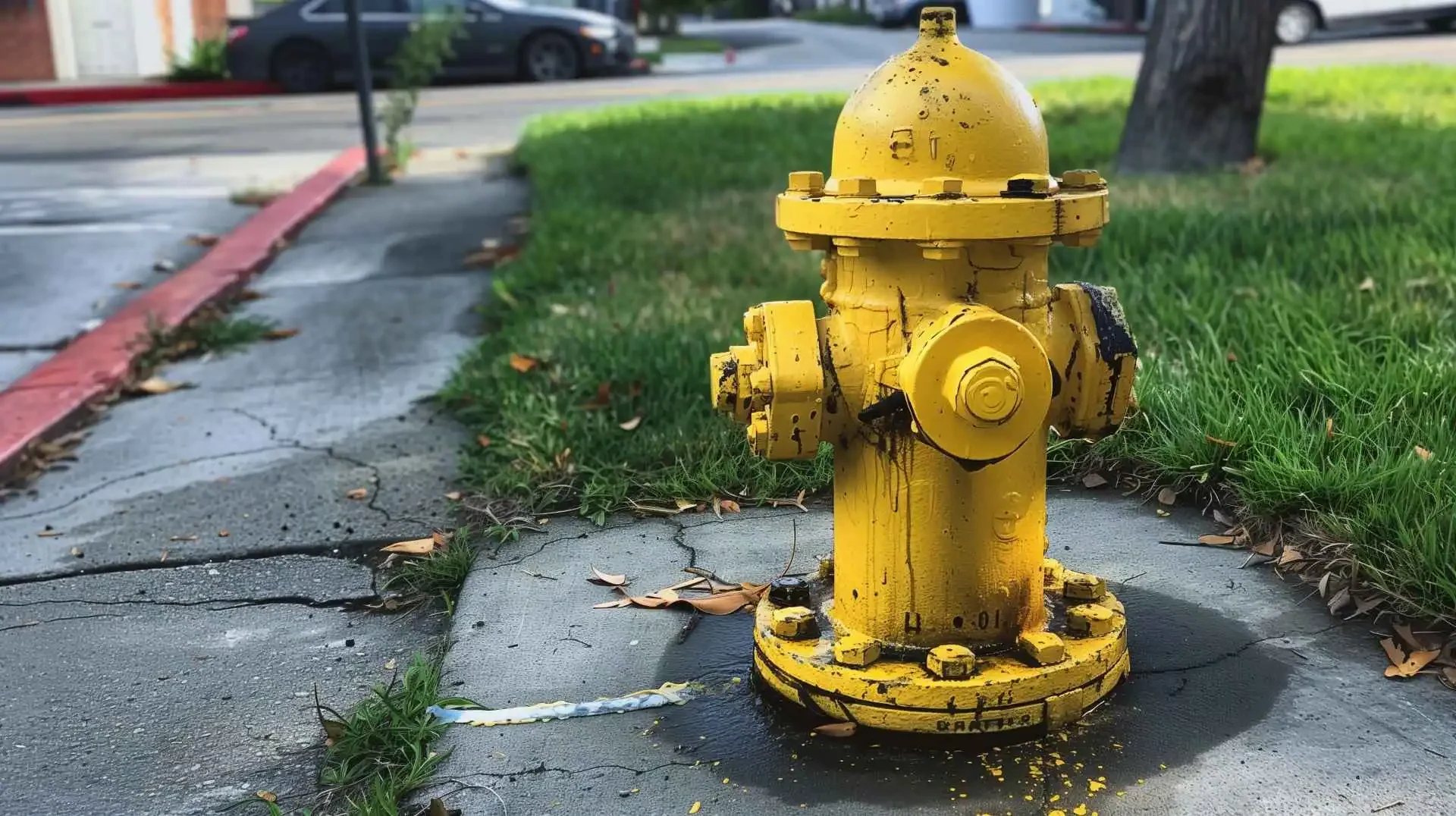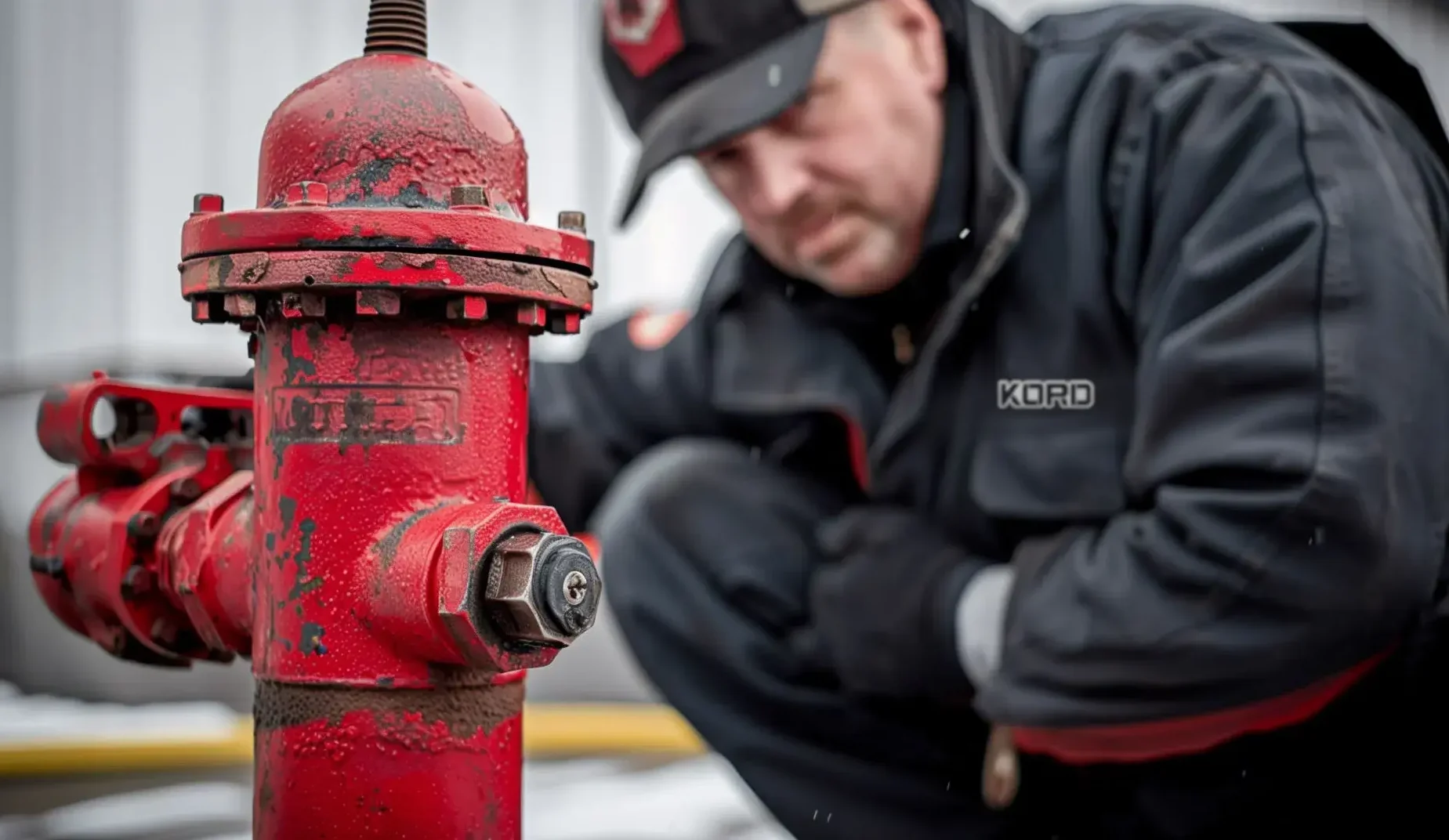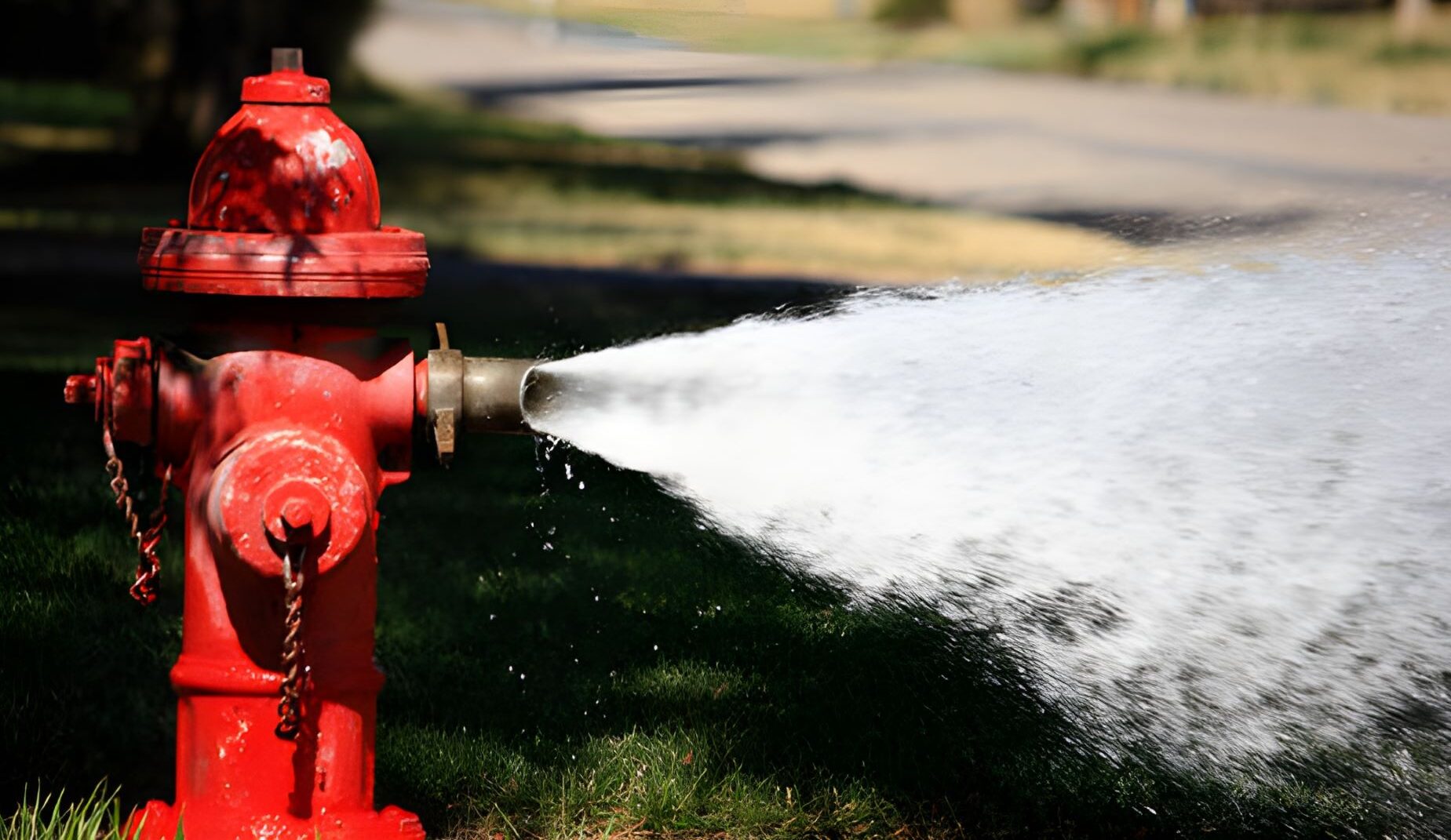Fire Hydrant Testing Service
Fire hydrant testing is important for both fire protection and general public health. Adequate water pressure is, of course, required for firefighting, but it also prevents backflow that could otherwise contaminate the public water supply. The National Fire Protection Association’s guide for fire hydrant testing, NFPA 291, states that hydrants should be tested every five years. This examination should be performed either by professional contractors or qualified city officials.
Fire Hydrant issues?
A Fire Hydrant Inspection Can Find The Cause!
Fire Hydrant Testing Services
Fire hydrant testing is important for both fire protection and general public health. Adequate water pressure is, of course, required for firefighting, but it also prevents back-flow that could otherwise contaminate the public water supply.
The NFPA’s guide for fire hydrant testing, or NFPA 291, states that hydrants should be tested every five years. This examination needs to be performed either by professional contractors or qualified city officials.
Fire Hydrant Repair
Fire hydrants can be subject to all sorts of problems from worn gaskets to leaks. Various components can strip or bind, making a fire hydrant difficult to use in potential emergencies.
Road widening and landscaping might even affect ground levels surrounding fire hydrants, requiring the hydrant to be raised or lowered.
Fire Hydrant Services
Fire hydrants themselves are merely valves that supply water. There is no mechanic to increase or decrease pressure; simply put, fire hydrants can only be on or off.
The fire hydrant is a vital aspect of fire safety. Fire trucks generally have enough water to begin fighting fires, but fire hydrants allow firefighters to tap into the local water supply. Because of their importance and the fact that some fire hydrants are so rarely used, they must be tested and inspected regularly to ensure they can respond properly in an emergency.
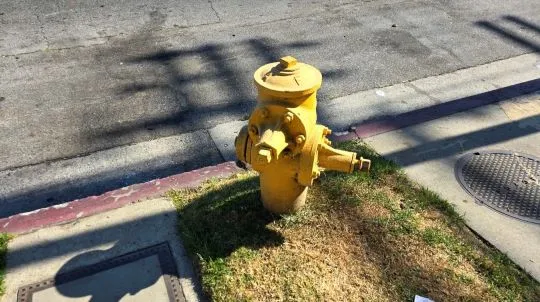

Not only is testing important to ensure fire hydrants will function properly in the case of a fire, but it also serves to classify them. Both the NFPA 291 and The American Water Works Association even recommend different color schemes based on the rate of discharge, as measured by gallons per minute (GPM).
Fire Hydrant Color Code
Public fire hydrants are classified according to their flow by both the American Water Works Association and The National Fire Protection Association’s guide for fire hydrant markings and testing (or NFPA 291) and are suggested to be colored accordingly.
GPM = “gallons per minute”
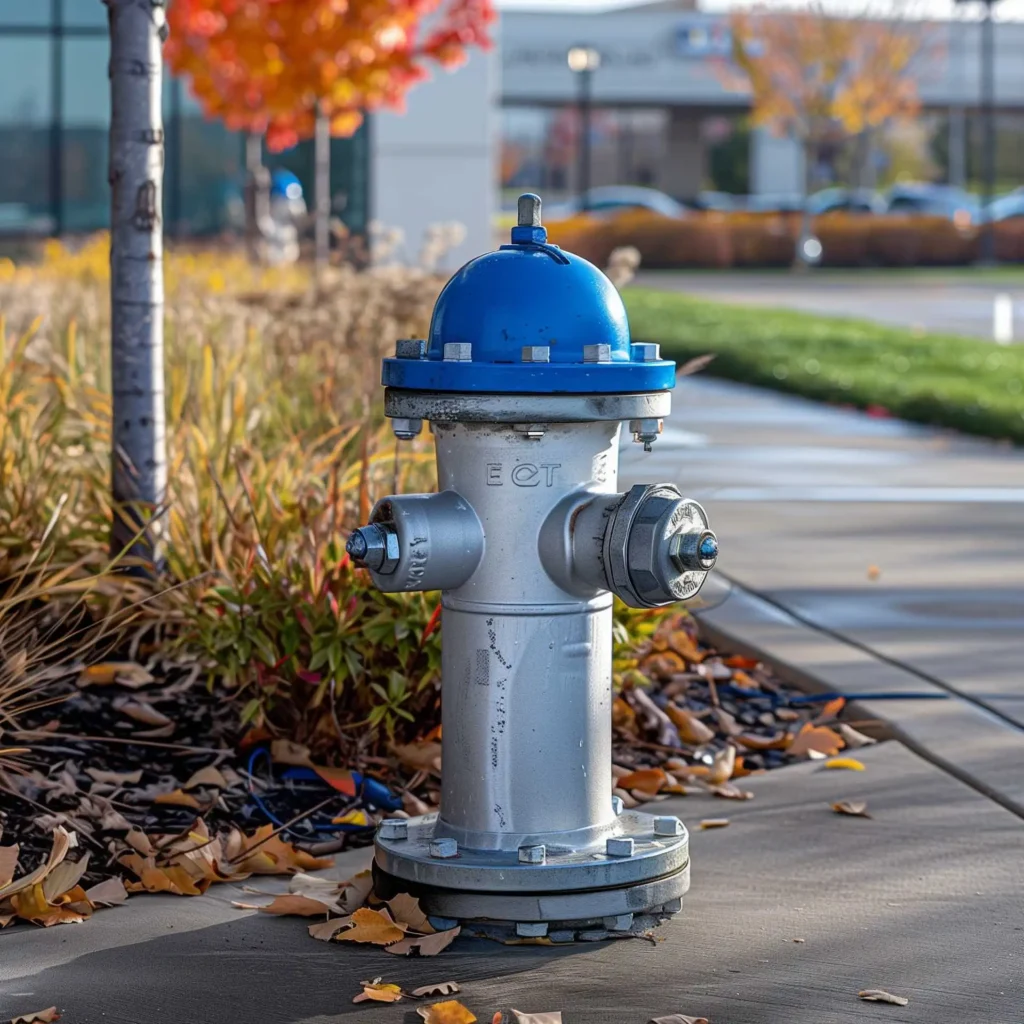

Class AA
1500+ GPM
Blue Top and Nozzle
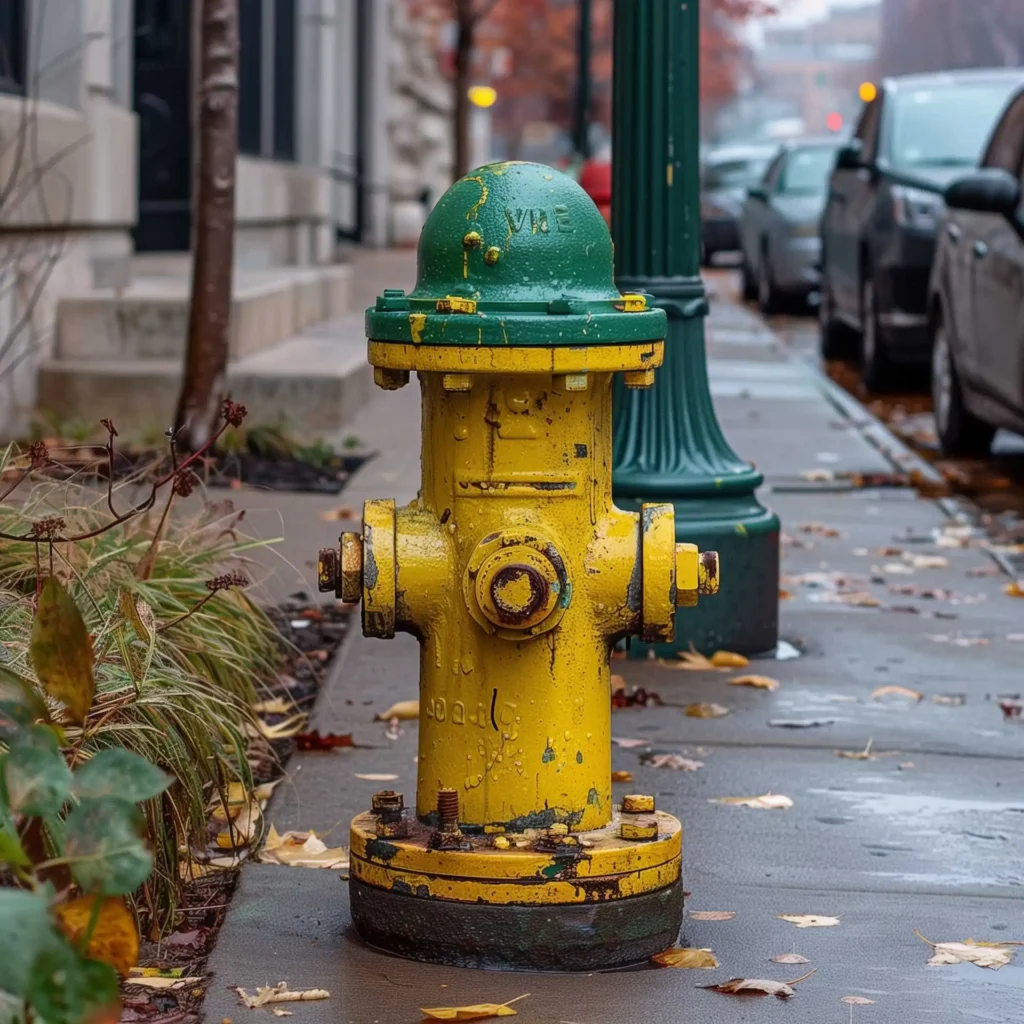

Class A
1000 – 1049 GPM
Green Top and Nozzle
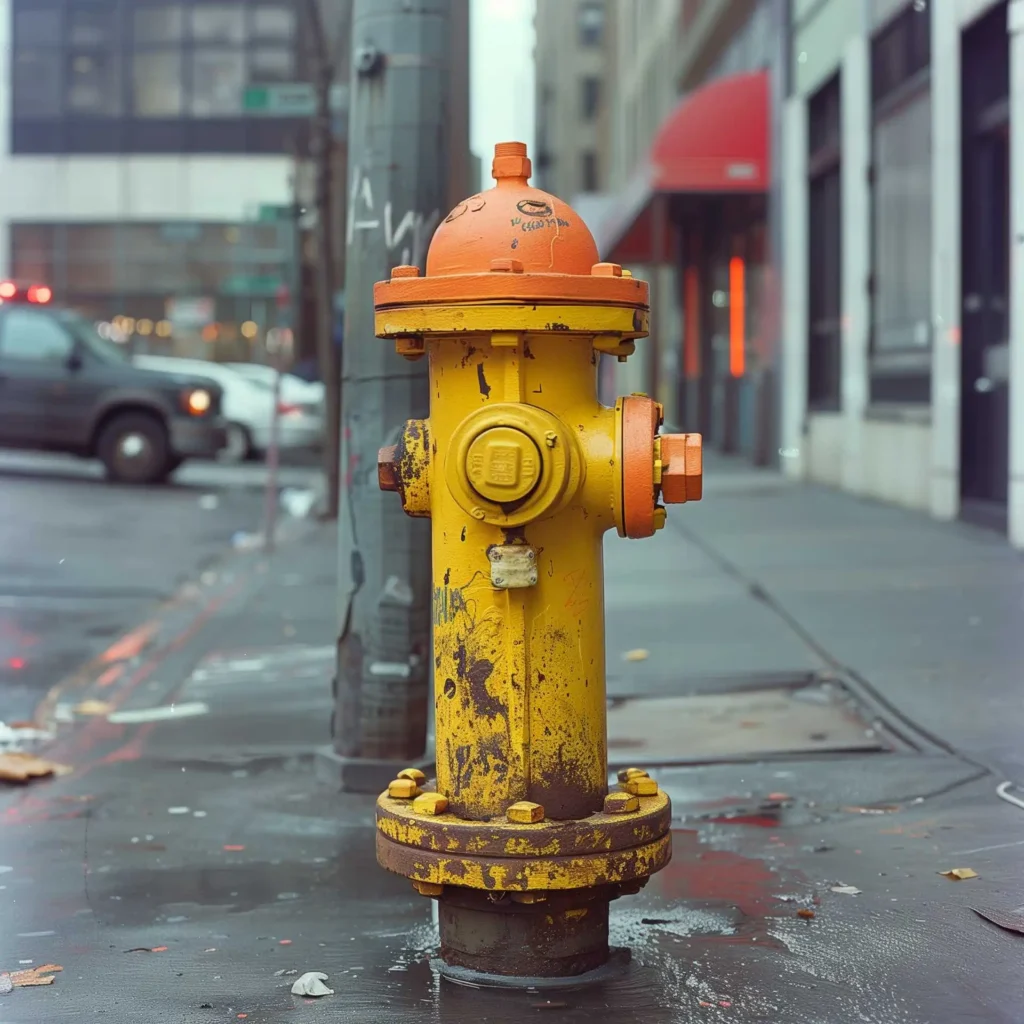

Class B
500 – 999 GPM
Orange Top and Nozzle
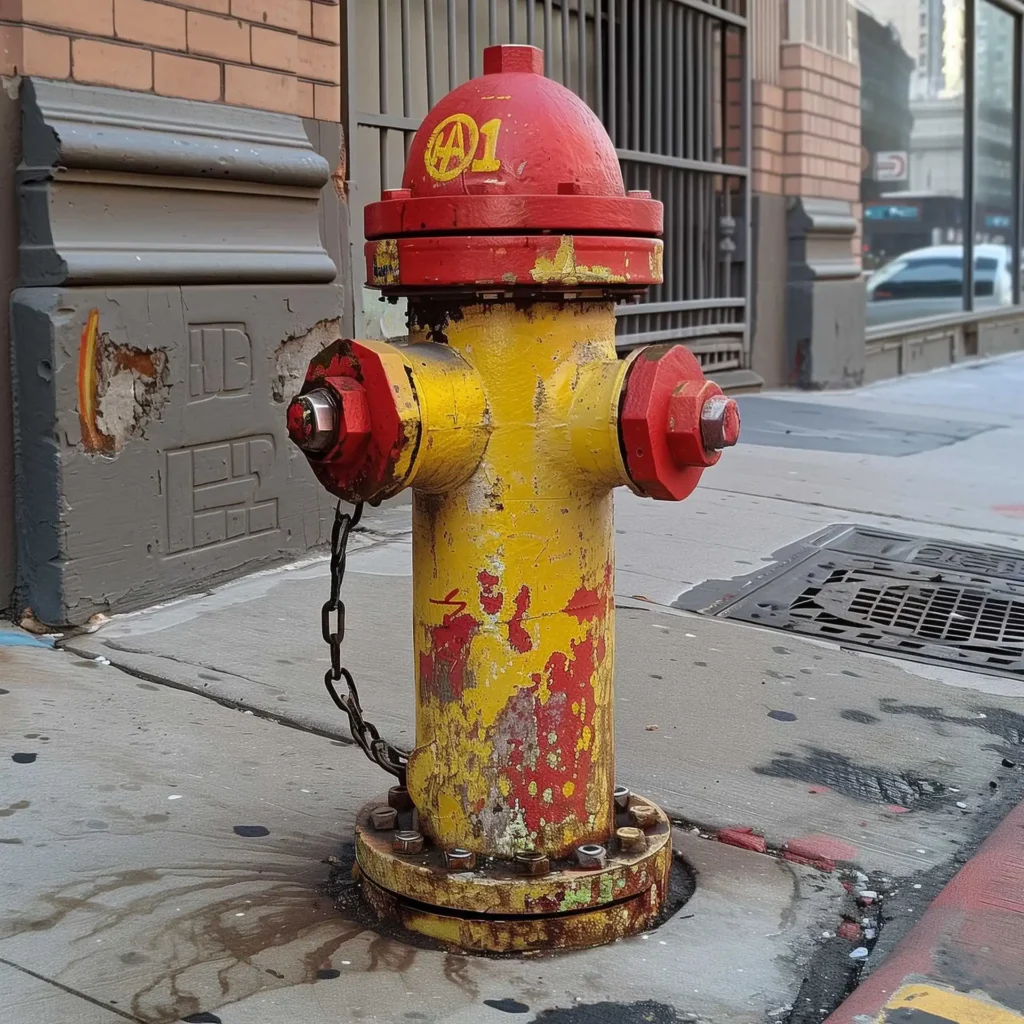

Class C
Below 500 GPM
Red Top and Nozzle
Since these are guidelines, not laws, the color schemes may vary. That said, many municipalities have adopted the NFPA’s system.


Get A Free Quote Today!
The NFPA has specific guidelines for fire hydrant testing and maintenance. For that reason, the maintenance and repairs for fire hydrants should always be handled by certified professionals. KORD Fire Protection’s reliable and affordable services are in full accordance with NFPA 291. With decades in fire protection, KORD has the tools, knowledge, and experience to service all your fire system needs.
Our no. 1 priority is your safety in the event of a fire. We meet our fire safety standard by being fully compliant with state rules and regulations.


Lets talk now?
Getting fire hydrant inspection services done for your property can be something that can prevent material loss. Don’t let it stall when you need it. Keep your property and the people inside safe. Lower the chance of your fire safety gear from failing during necessary times.
If you don’t wanna send a form, and instead want to give one of our experts a call or send an email to talk about reg 4 testing. Click one of the options below!

